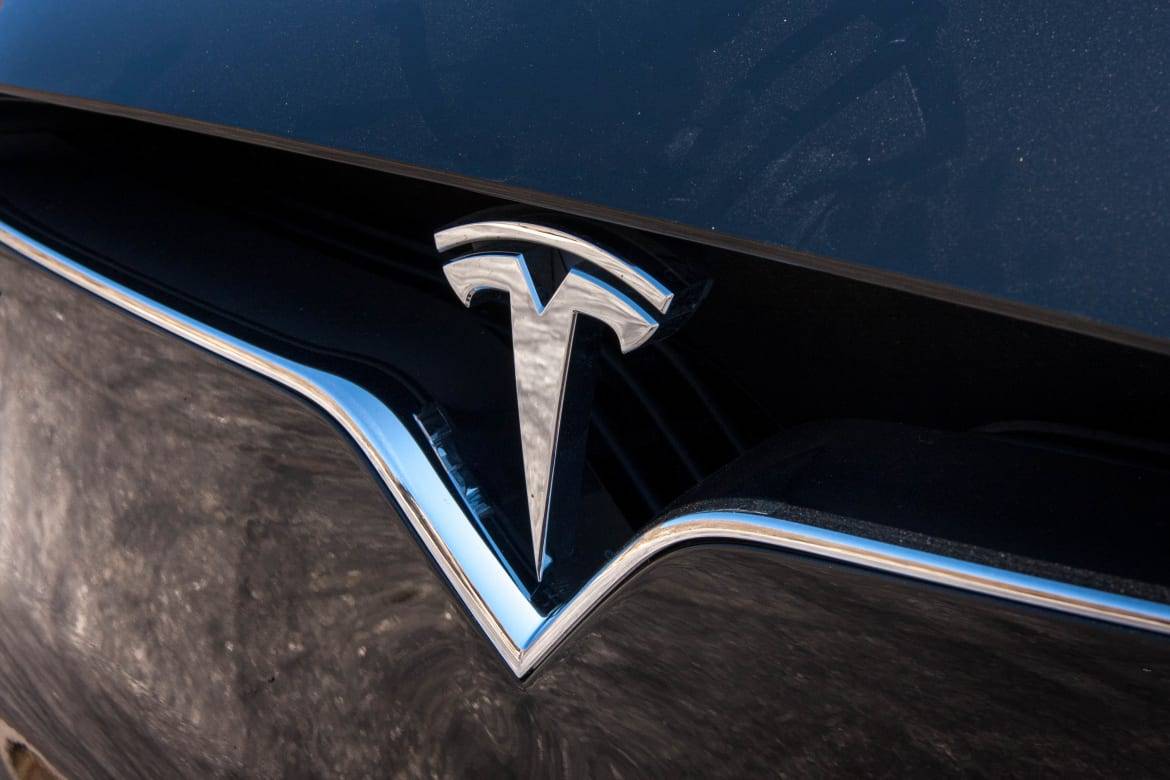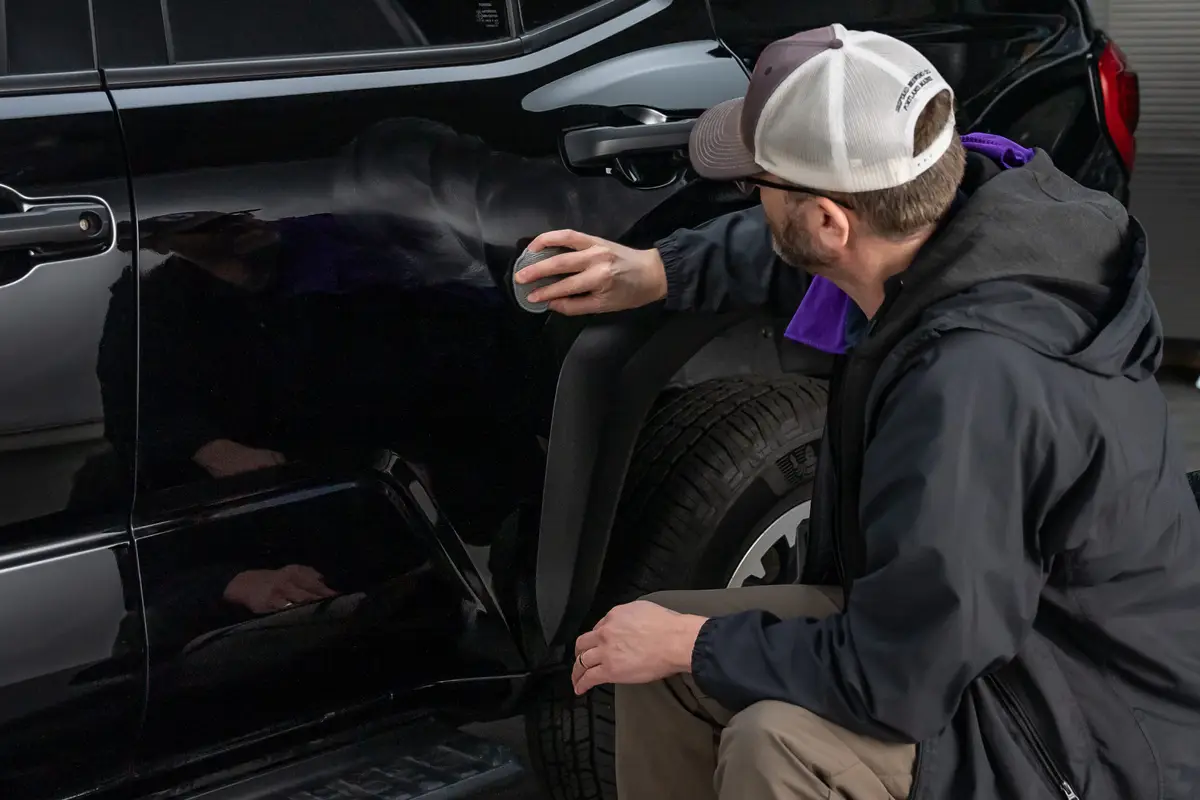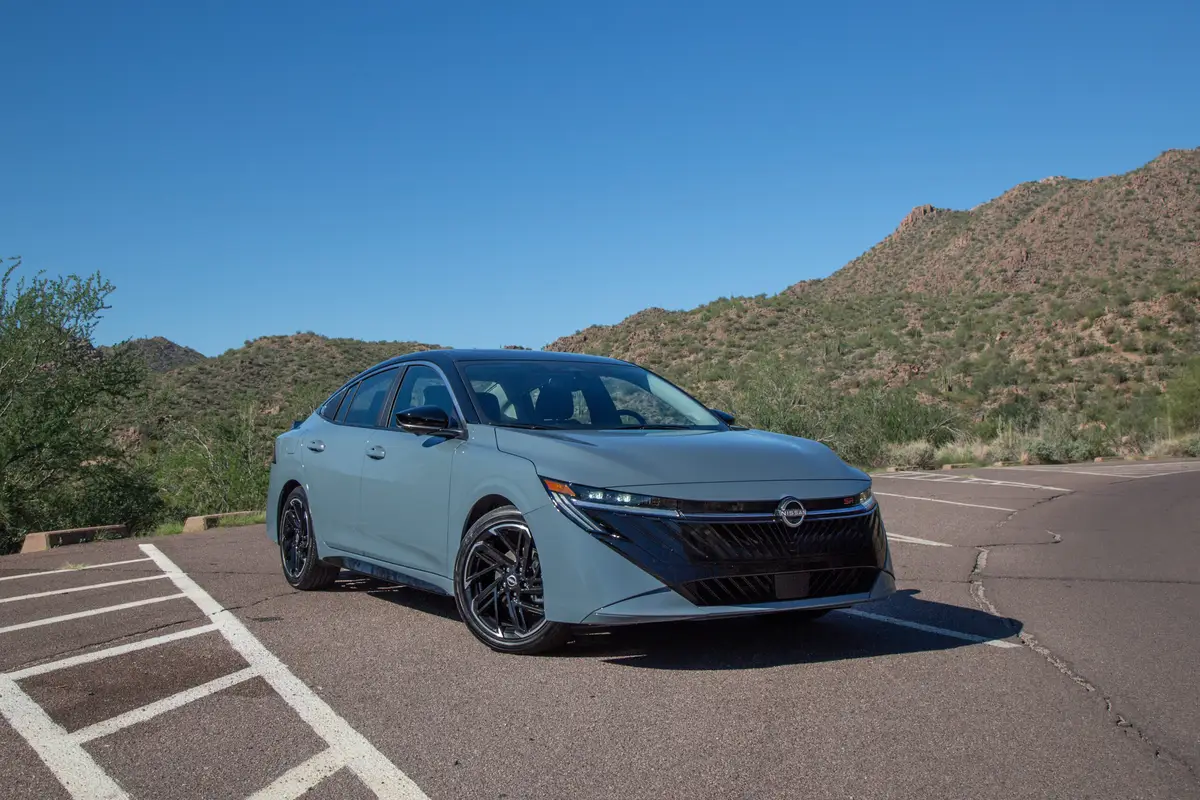Tesla Looks to Merge Into Trucking

CARS.COM — In 140 characters (or less, rather), Tesla announced via Twitter that it’s getting into the truck business. Tesla’s founder and CEO Elon Musk put the automotive world on notice via a tweet from his personal account, which promised the Silicon Valley-based electric car company will unveil an electric truck sometime in September.
Tesla Semi truck unveil set for September. Team has done an amazing job. Seriously next level.
— Elon Musk (@elonmusk) April 13, 2017
Musk’s social media post didn’t reveal any specifics about the vehicle, other than to say the upcoming Tesla truck would be “seriously next-level.”
Related: More Tesla News
With the upcoming $35,000 Model 3 electric sedan due to roll off production lines beginning in July, Tesla is racing into another market where it’s going head-to-head against tough competition. While the Model 3 squares off against hugely popular entry-level luxury cars, such as the BMW 3 Series and Audi A4, a potential Tesla truck joins a crowded field of well-established rivals in the trucking industry.
Electric trucks aren’t exactly new technology, either. Yet until now, they’ve been relegated to operating on short routes, primarily in busy city centers where their limited driving range doesn’t pose a major concern.
Why Should I Care? Tesla needs to expand beyond high-end luxury sedans, so the move into trucks makes sense for the long-term health of the company. It’s unlikely this so-called “next-level” electric-powered Tesla truck is going to focus solely on short-haul vehicles. Instead, it’s the long-haul trucking industry that’s most likely in Tesla’s direct sites.
Tesla could use this opportunity to announce a partnership with an existing truck manufacturer (unlikely, given Tesla’s preference for blazing its own trail) or a breakthrough in battery tech that makes a long-haul electric truck economically viable (slightly more possible). Whatever the case, it’s bound to be a bold move, and the trucking industry will be closely monitoring Tesla’s next steps.
The main hurdles will be the price and performance balance of any Tesla truck. Even today’s most advanced vehicle batteries are still relatively heavy and expensive, so scaling things up into a semitractor-trailer could amplify these typical EV flaws.
Throw in a ton of batteries and you might have the hundreds of miles of range needed for long-haul trucking routes. But in doing so, the price and weight of the truck increases, making it a potentially tough sell to shipping companies that — unlike affluent Model S and Model X customers — are focused entirely on the bottom line of a vehicle.
Creating a sales and service department for large trucks, not to mention a reliable and rapid way of recharging them, are also major question marks looming on the horizon for Tesla. Expect more news — and tweets from Musk — shortly.
Flying Cars Are Ready for Takeoff; Are We?
Who hasn’t dreamed of taking flight to experience the ultimate means of traveling without the encumbrances of traffic, tolls or speeding tickets? A report in The New York Times details the growing interest among new and existing tech companies in the field of personal aviation. In the future, the skies could be filled with sleek, sophisticated flying machines, zipping us wherever we need to go with a minimum of fuss (and minus long TSA security lines or surly gate agents).
The Kitty Hawk, the flying vehicle featured in the Times’ story, looks more like a trampoline fitted with propellers and pontoons; a mini-Gulfstream or pint-sized personal Boeing, it is not. Still, that isn’t stopping some big players from getting involved in the push for personal flying cars. Uber recently announced its own initiative, called Uber Elevate, to promote the development of small airplanes that can take off or land vertically.
These vehicles, known at VTOLS, could theoretically revolutionize the mobility field in the years to come.
Why Should I Care? You’d better make that “in the decades to come,” because personal flying machines are still very much in the beta stage. Yes, some are already taking flight, while many others are being developed and blueprinted as you read this article. But building a personal flying machine — and drafting rules that adequately regulate them — are two entirely different animals.
If you think upcoming legal hurdles for self-driving cars are going to be extremely complex, imagine taking these arguments and debates to the skies. What kind of license might be required? Where can they be legally operated? Will flying cars be operated by humans at all, or will they run autonomously? And how much will customers be willing to spend to own a VTOL, or whatever these future flying cars/planes might be called?
Flying cars sound like a great idea, until you imagine what today’s traffic problems might look like if they’re hovering directly overhead.
Featured stories




2026 Nissan Sentra Review: Long Live the Sedan

